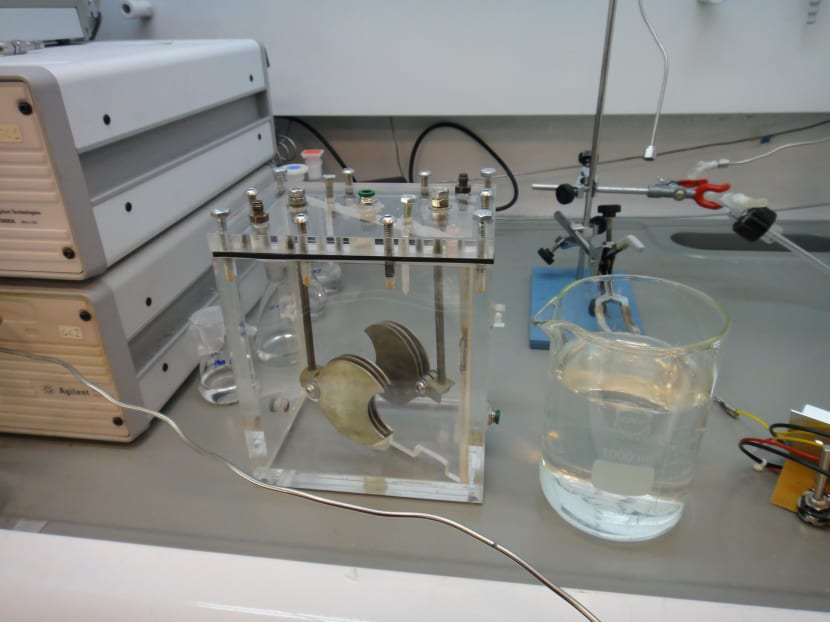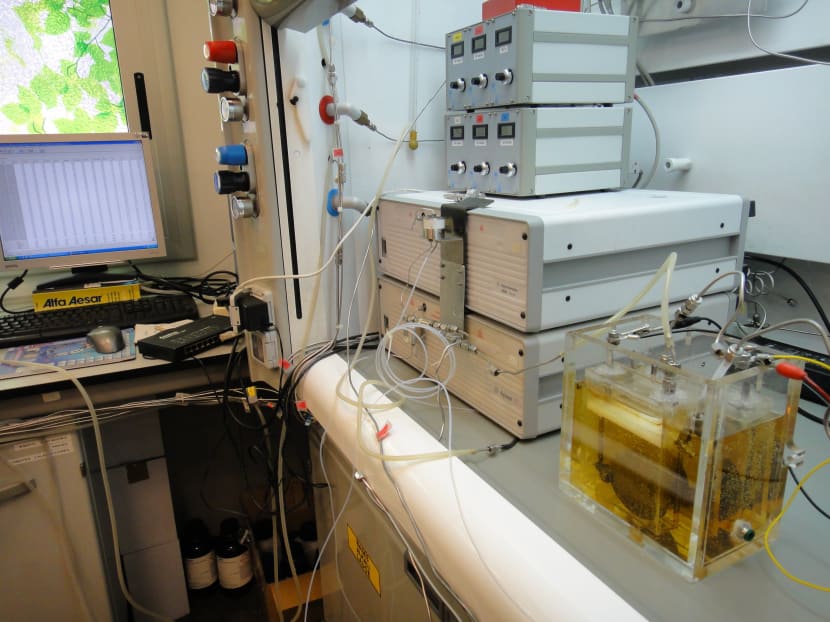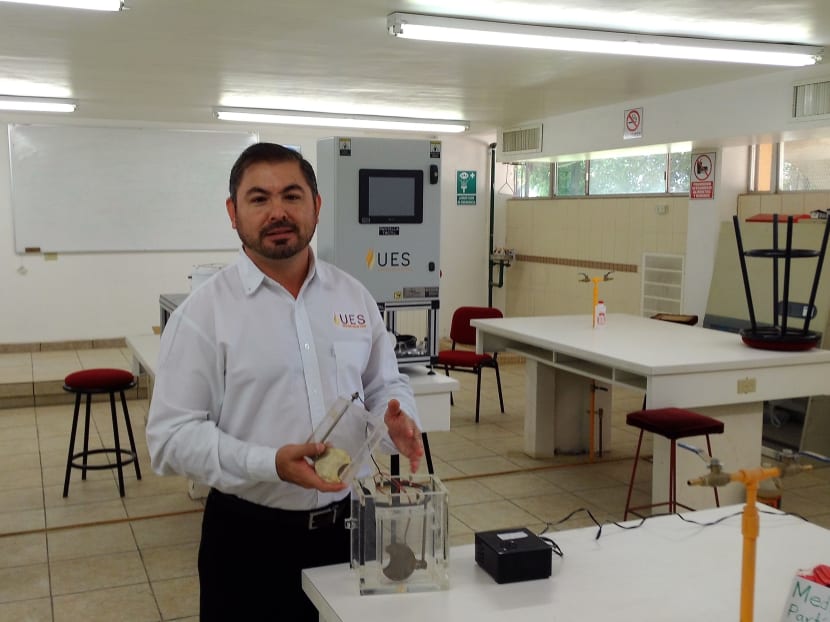Mexican engineer extracts gas from urine to heat shower
MEXICO — Mexican engineer Gabriel Luna-Sandoval was urinating one day when he realised that the yellow liquid could be of "vital" use elsewhere.



MEXICO — Mexican engineer Gabriel Luna-Sandoval was urinating one day when he realised that the yellow liquid could be of "vital" use elsewhere.
Nine years later, he invented a machine that he said can transform urine into a biogas to serve as a household heater to take hot showers or cook.
But the 41-year-old researcher from the University of Sonora State, in northern Mexico, is also shooting for the stars with his invention.
Mr Luna-Sandoval has extracted oxygen from urine, and he said that astronauts could take a small device in space to create O2 with their own bodily fluid in case of emergencies.
He is not just — to say it cleanly — urinating in the wind.
The idea has been taken seriously by the Mexican Space Agency, which told AFP in a statement that it is a "great innovation" with "high viability to be considered in space technology and for space walks".
NO STENCH
But the first application for his invention would be more terrestrial.
Instead of using liquefied petroleum gas, which is widespread in Mexican homes but contributes to climate change, people could have a special container to transform their urine into a biogas.
The mechanical engineer created a clear acrylic container, which looks like a square vase, in which urine is poured.
His prototype, which measures about 20-sq-cm, has stainless steel electrodes to send electricity into it in order to separate oxygen and hydrogen, with the latter becoming a biogas.
The container would be connected to a home's pipes through which the biogas would travel to heat the water in the kitchen and bathrooms.
Families would not have to worry about their food or showers having the stench of urine: The biogas has no smell.
A tight seal also ensures that the smell of urine does not escape the container, though cleaning it would entail having to withstand the smell.
When nature calls, a man could fill the container by using a special urinal with a tube linked to the machine, Mr Luna-Sandoval said. It would be more complicated for a woman, who would have to urinate into a container and then pour the content into the cube.
NOT ABSURD
Mr Luna-Sandoval recalled the day he got the idea, when he realised that the "vital liquid" could be used for science.
At the time, he thought about colleagues who were doing urine therapy, the practice of drinking one's own urine in the belief that it can cure ailments.
"Between jokes, they told me that it's salty," he said, and that made him realise that urine was an electrolyte.
"How much urine goes to waste?" he wondered.
An adult produces 1.4L of urine per day, or 25,550L in the span of 50 years.
His invention requires just 13ml to 21ml of urine for a 15-minute hot shower, he said. Cooking beans for one hour demands only 70ml to 130ml of the golden liquid.
The container, which is patented, can be filled with an adult's urine in the morning.
He is looking at other uses. The hydrogen that is created in the container could be used for engines with internal combustion and he will test it on small electricity generators.
His invention caught the attention of the governmental National Science and Technology Council, which featured Mr Luna-Sandoval in an article for its official publication.
Mr Ulises Cano, a member of the National Researchers System of Mexico, said that Mr Luna-Sandoval's invention "is not absurd".
While Mr Cano did not review the invention, the electrochemistry expert said it is "technically viable, but you would have to look at its economic viability". AFP





